What on earth is "mellowness" in coffee? Is "mellowness" important in coffee?
Professional coffee knowledge exchange more coffee bean information please follow the coffee workshop (Wechat official account cafe_style)
First of all, I have an understanding of the mellowness of coffee. When we measure the cup, we often say, how is the body of coffee, how is the mellowness, so how is the mellowness tasted?
Usually, small friends who have drunk sun beans will obviously feel: mellow, when tasting, mellow coffee, there is a very full taste.
A lot of coffee itself has a good round texture, so how is mellowness reflected? Please imagine the feeling of swallowing two things, one is water, the other is cough syrup. The water passes through the mouth and swallows very quickly, while after the syrup is swallowed, there is still a feeling of not swallowing cleanly on the tongue coating. Therefore, mellowness refers to the sense of attachment to tongue coating after coffee stays in the mouth and swallows. Low-alcohol coffee will swallow quickly and have no resistance at all. The higher the mellowness, the more opposite the feeling. Although it will not be as exaggerated as syrup, but at the same time taste washed beans and sun beans of coffee, there will be a clear contrast, washed beans are usually low mellow, sun beans will feel mellow.
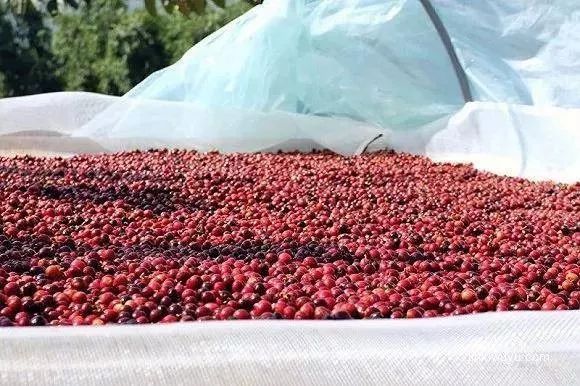
Next, a translation from SCA magazine, ESPER ALSTRUP, a sensory evaluation scientist from Copenhagen, Denmark, is as follows:
After meeting and working with people in the coffee industry, I became fascinated by the various ways coffee professionals use the term mellow and the techniques that bakers say they used to manipulate. I find that coffee experts are trying to reach a consensus on the meaning of mellowness, even after they come up with the technology to develop it in the final product. These observations and questions prompted me to focus on the concept of alcoholicity, its sensory perception, and the perceptual effects of various adjustments in the roasting process on this important and sometimes elusive attribute.
What on earth is "mellowness"?
Before deciding on the method of measuring alcohol, it is necessary to explore its significance: although the definition of alcohol in SCA has been generally accepted, a broader explanation can be found in practice. Through anonymous questionnaires and in-depth expert interviews (including more than 70 coffee professionals), we found an amazing variety of specific descriptions used by tasters to describe mellowness: sticky, body, thick, thick, convergent, etc. All in all, we recorded 34 different individual descriptive words related to the concept of mellowness. We also found two common ways to evaluate the "mellowness" of coffee: one is based on strength and quality (positive and negative attributes), and the other is based on strength alone.
Finally, we asked these coffee experts about the reasons for the high alcohol content of coffee, and many people thought that the degree of roasting and the overall roasting development time were the decisive factors.
It was during this time that we focused our focus and put forward our own assumptions. One of the key requirements of this study is the use of technologies that are widely relevant to the industry, so we focus on the two decisive factors mentioned by our experts: the degree of baking in terms of color and baking development. or the length of time between the start of an explosion and the end of baking. We found that many bakers have the idea of adjusting mellowness through baking. In particular, it is generally believed that the alcohol content of coffee is the lowest in light roasting, and the "strength" increases as the roasting goes on. After the moderate roasting reaches its peak, the mellow begins to decrease again, creating a "bulge" with the best coffee thickness. Experts also tell us that by prolonging the development time of baking (the time between the start of an explosion and the end of baking), the alcohol content can be increased without changing the final baking degree measured by color. In other words, prolonging the baking development time is one of the ways to improve the alcohol content.
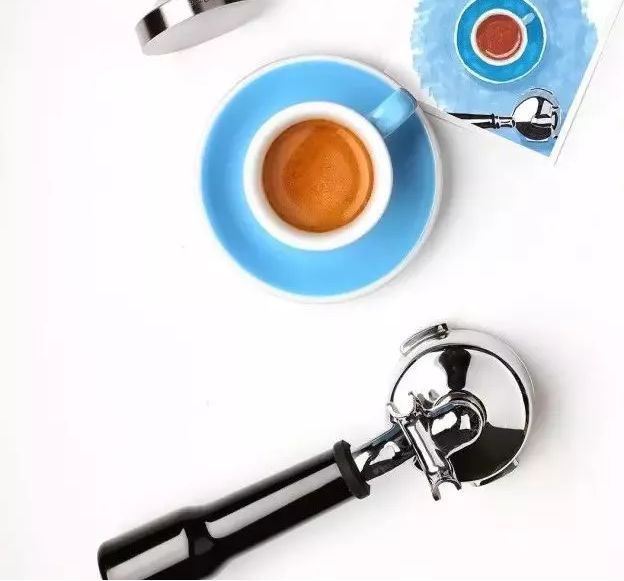
Under the supervision of MortenM ü nchow, a liaison and consultant for SCA research at the University of Copenhagen, we set out to design a series of experiments to determine how different roasting levels and configurations change the sensory perception of brewing coffee. Although we tracked all 10 sensory indicators throughout the study (overall aroma intensity, acidity, bitterness, sweetness, particle size, astringency, baking flavor, dried fruit flavor, nut / chocolate flavor and mellowness), but the main focus is still on the sensory descriptor "mellowness" and how to adjust it through various baking configurations.
Experiment
We first designed the baking configuration that will be used to study our hypothesis, and finally selected nine kinds of baking: the lightest, light, medium, deep, deepest, fast, slow, baking and baking +. (figure 1). The final nine configurations need to be fully repeatable to ensure that data is available. For roasted samples, only adjust the final color of the coffee, which means that for all samples in that category, maintain a development time of about 2 minutes and 15 seconds (the time between the start of an explosion and the end of baking). For baked samples, only adjust the development time-this means that the baking colors of all samples are the same (Agtron 75 or medium baking).
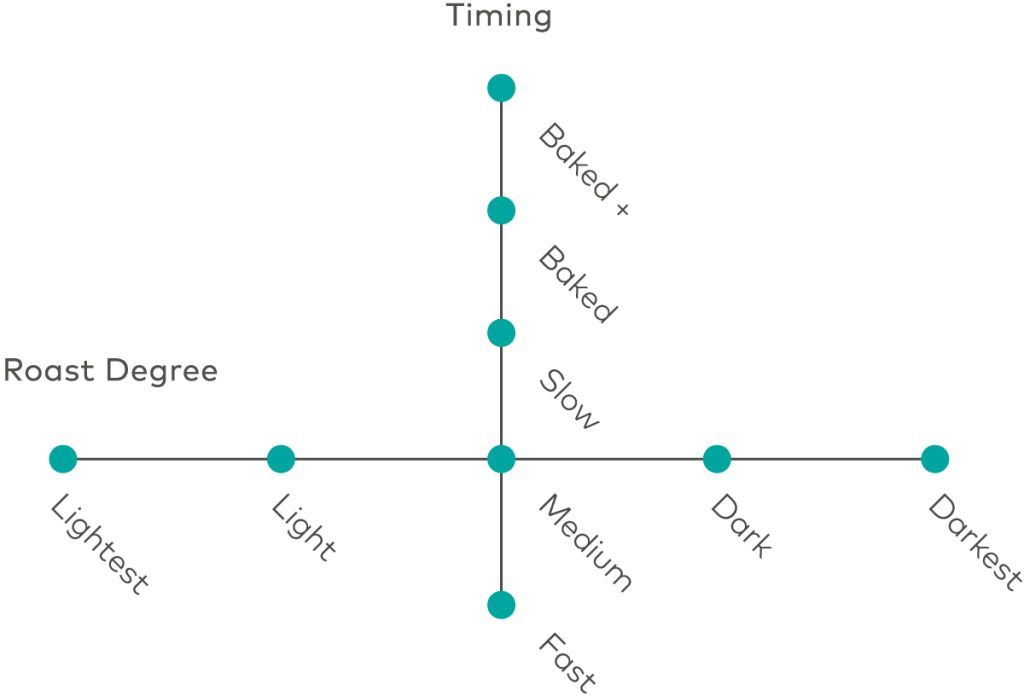
Fig. 1 an overview of the relationship between baking configurations in this study. The medium sample acts as an anchor between the two modulations, with a moderate baking degree of Agtron 75 and a development time of 2 minutes and 15 seconds.
By focusing on one regulation at a time, any change in flavor characteristics will be attributed to specific changes in the baking process. All baking data are recorded using Croster baking software, from which we can extract the baking data of all samples.
Sensory description analysis
How do these changes affect the flavor of brewed coffee? This can only be answered scientifically through descriptive sensory analysis (DSA). Although it looks similar to traditional coffee tasting activities, DSA is a completely different process. First of all, DSA uses a professional sensory evaluation team, all of whom are trained in strict descriptive analysis techniques-for this study, I used a group of coffee professionals trained in the descriptive analysis process. The team uses some common flavor and flavor references, but we also provide a number of special references to help them define concepts related to mellowness: skim and whole milk as a consistency and weight reference, flour as a particle size reference-
Aqueous solution, over-leached tea as a reference for astringency, and various solutions of xanthan gum (food thickener) and water as a reference for viscosity. These references are essential for effectively dealing with the DSA process and help team members accurately evaluate the specific sensory descriptions of coffee. Our group of 10 participants evaluated each sample in a secret and blind way, with no idea what kind of coffee they had received. They tasted in complete silence in the isolated "tasting room", and each team member was asked to assess the sensory intensity they perceived on a continuous 15cm line scale.
Only after we have edited the DSA evaluation results and tested the statistical significance of the results can we begin to interpret these data.
Result
Baking degree adjustment (figure 2)
What will happen to the flavor characteristics when the baking degree is adjusted but the baking time remains the same? Our findings are as follows: in the lightest baking (Agtron98), the team described high "acidity" and "dried fruit" flavor, while lower perception of "bitterness" and "baking degree". Decreasing the Agtron value (that is, deeper baking) results in increased perception of the "bitterness", "granularity" and "baking" attributes, while reducing the perceived "acidity" and "fruit aroma".
If we turn our attention to the degree of alcohol, we will find an interesting phenomenon: "degree of alcohol", the evaluation result is lower at first, but increases with the progress of baking. Later, as the baking deepens, the alcohol content begins to decrease again-indicating that there is no linear relationship between the alcohol content and the baking degree. However, in this study, this decrease in alcohol content has not been proved to be statistically significant.
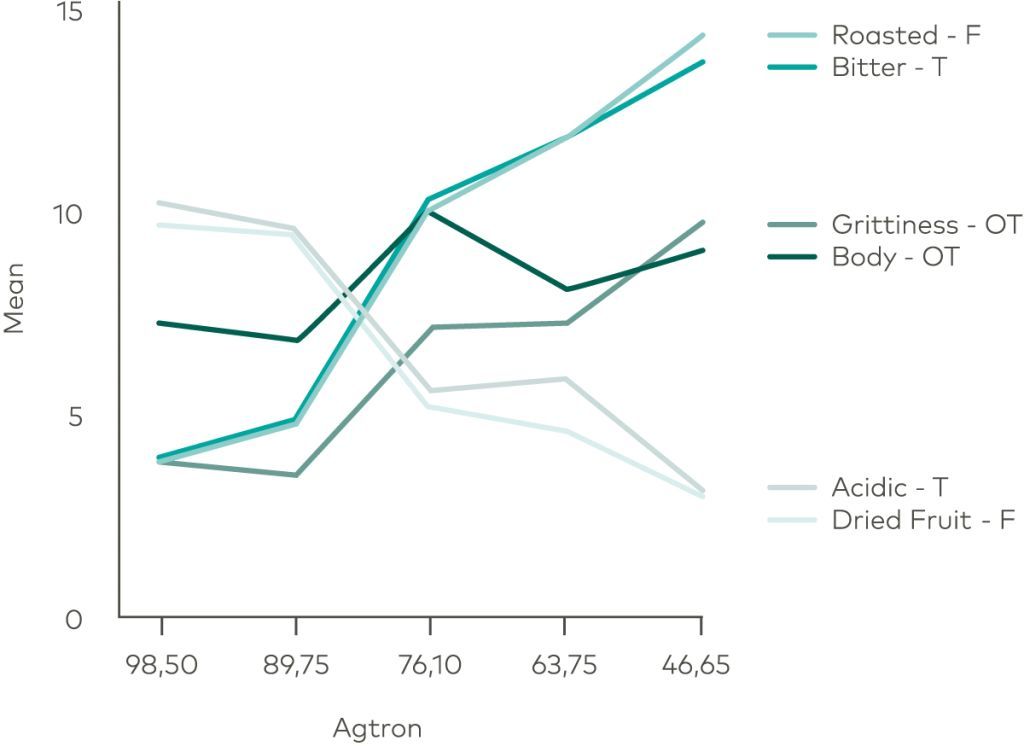
Figure 2 changes the profile of flavor characteristics by adjusting the degree of baking. Other attributes, such as sweetness, are also included in this study, but these attributes do not have statistically significant differences.
Development time adjustment (figure 3)
Then, we turn our attention to another hypothesis, that is, to adjust the baking development time-the duration between the start of an explosion and the end of baking-
It can help us adjust the mellowness score. We have developed some very extreme baking configurations-our shortest baking development time is 1 minute 15 seconds, while the longest is 6 minutes 32 seconds. All samples are the same color, that is, Agtron75. We found that the difference in sensory perception of each sample was much smaller. The most interesting thing is that there is no significant difference in alcohol content during the whole development time adjustment process. Therefore, our results negate the initial hypothesis that the "mellowness" will increase with the increase of baking time.
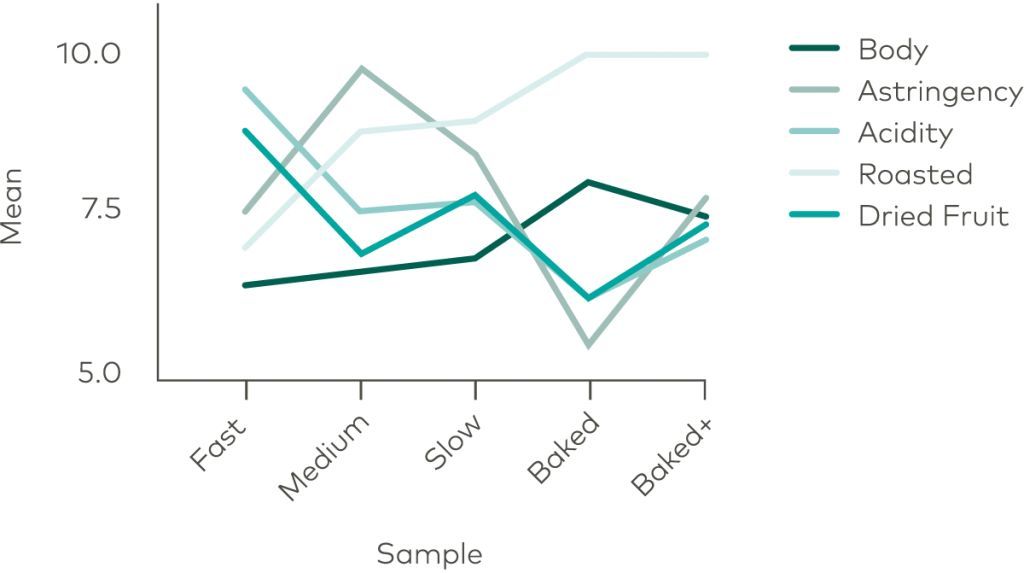
Figure 3
The general situation of flavor characteristics was changed by adjusting the development time. Other attributes, such as sweetness and bitterness, are also included in this study, but these attributes do not have statistically significant differences.
Viscosity measurement (figure 4)
I hope to include "viscosity" in instrument measurement, a term often used by coffee professionals as a synonym for mellowness. We use an instrument called a viscometer to measure the viscosity of all kinds of coffee, which measures the energy required by two metal plates that vibrate just apart from the 1mm, and the coffee is in between. This makes viscosity an appropriate standard physical measure of coffee consistency and may be a potential index of alcohol perception. We found that the viscosity of all kinds of coffee was very small but significantly different, especially among different baking grades. Among all the samples, the deepest coffee had the lowest viscosity.
The viscosity measurement results show an interesting inverse u-shaped trend similar to that of alcohol development in the regulation of baking degree, and both alcohol and viscosity reach their peaks at Agtron75. However, this evidence is not sufficient to prove the relationship between viscosity measurements and sensory perception of alcohol, so more research is needed to draw conclusions.
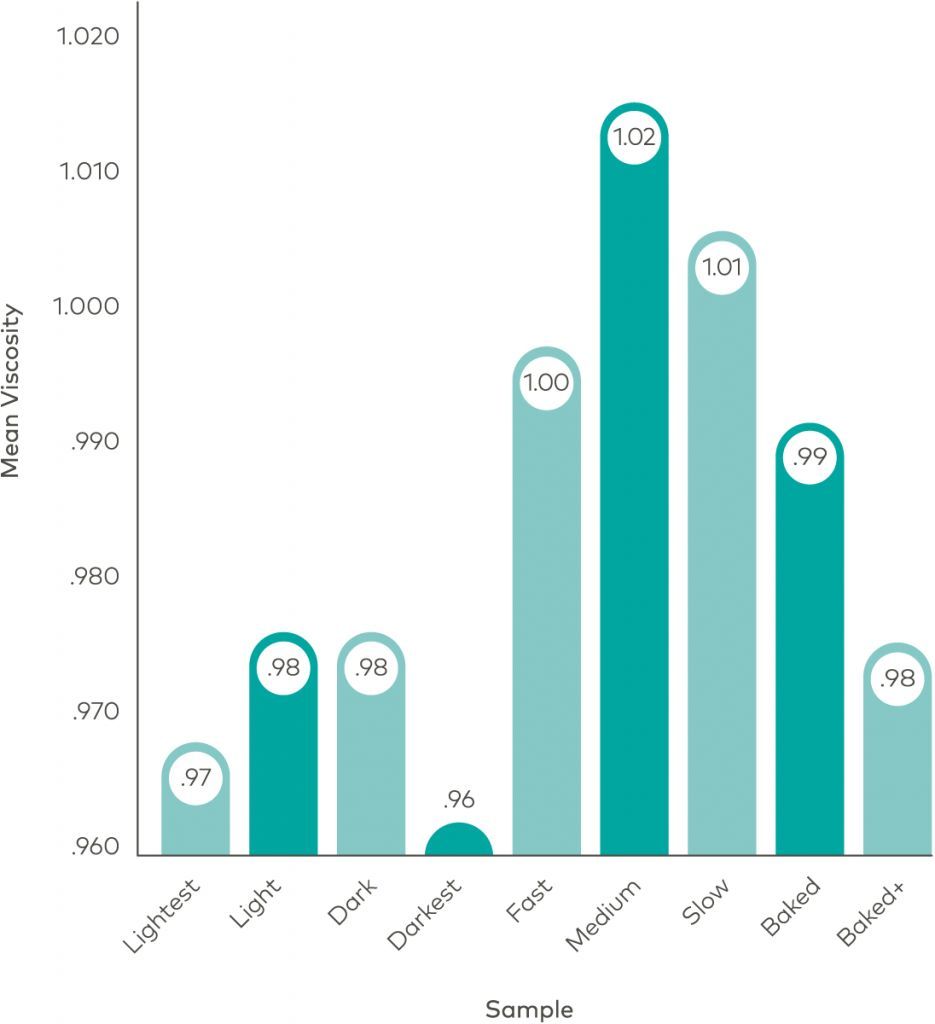
Fig. 4 viscosity measurement. The biggest difference in viscosity lies in the difference in baking degree.
Why is this so important?
Some of the results of this study seem clear at a glance, but their implications go far beyond them. In order to draw the sensory effect of baking regulation, we must first propose a measurable definition of alcohol, so in fact our research can also test this new definition. Is it possible to use measurable terms to define alcohol and obtain statistically significant results?
The results of this study confirm that alcohol is indeed a measurable concept when it is defined as "viscosity, thickness and body properties of the beverage" and evaluated only for strength. Since most of the professional coffee professionals involved in this study also tend to evaluate the quality of mellowness, we found it necessary to introduce a separate attribute subscale (smooth / comfortable granularity / convergence) to incorporate the taste, otherwise it will be included in the qualitative evaluation of mellowness.
One of the early hypotheses of this study is based on expert advice, personal experience and prejudices (including ourselves), and the mellowness may increase significantly with the increase of development time, so this assumption is not statistically significant. While these may not be the precise results we hope for, they may be a better result: proving the need for research to challenge what we think we know so that we can move forward more clearly.
It is clear that there are other more complex roasting formulations that may affect the final flavor characteristics of brewed coffee, but it is important to draw the effects of small changes at a very basic level before exploring more and more complex formulations. It is clear that continuous scientific research is the only way to determine whether established industry "truths" are scientifically repeatable, or whether the truth about coffee is more elusive, complex and interesting.
Author: ESPER ALSTRUP
Is a sensory evaluation scientist in CoffeeMind (Copenhagen, Denmark). He received a master's degree in food innovation and health from the University of Copenhagen.
Members of the sca Fine Coffee Association provided support for this study.
Important Notice :
前街咖啡 FrontStreet Coffee has moved to new addredd:
FrontStreet Coffee Address: 315,Donghua East Road,GuangZhou
Tel:020 38364473
- Prev
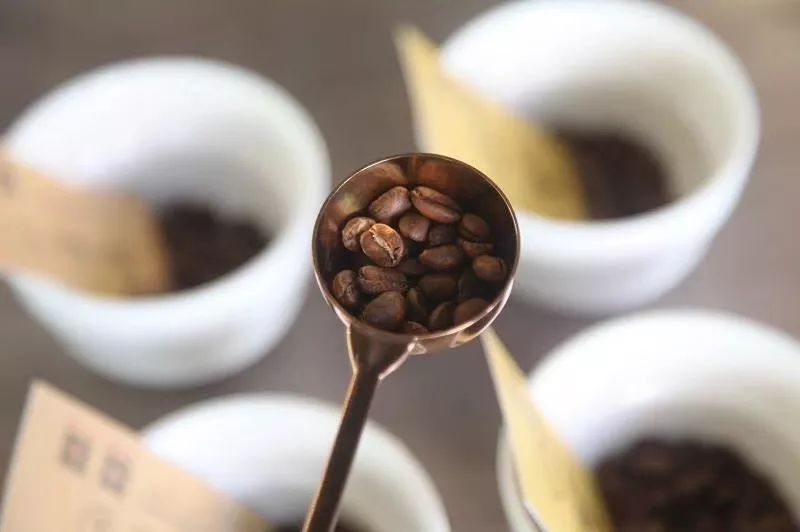
What is coffee body? Why does some coffee feel "mellow"?
Professional coffee knowledge exchange more information about coffee beans Please follow the coffee workshop (Wechat official account cafe_style) for coffee, body seems to be the most difficult term to understand. When we describe the human body, we mean the human body and posture; but body seems to be completely different, because the word used to describe body is more bewildering lightness.
- Next
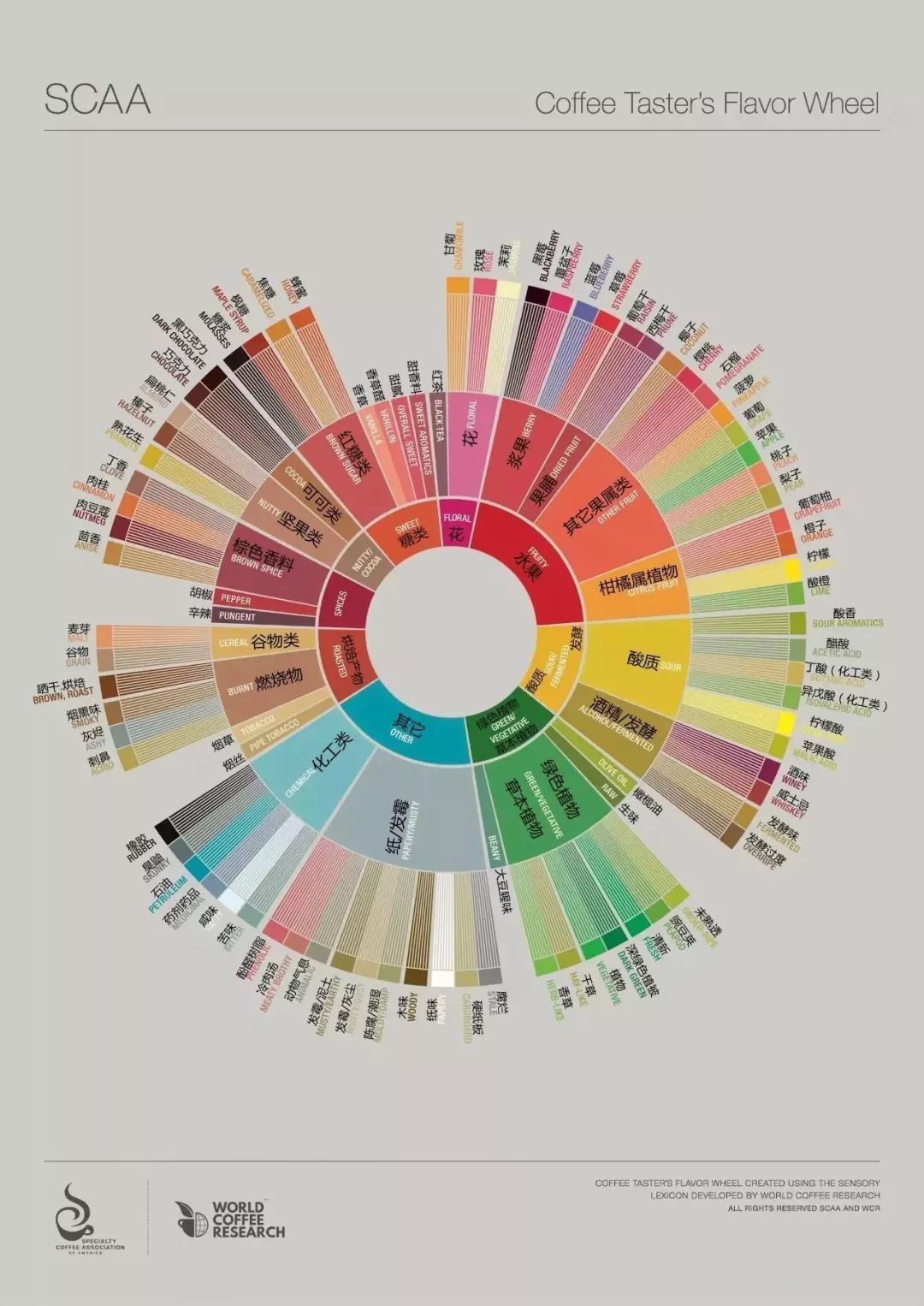
How to choose coffee beans? -how to pass the coffee cooked bean label information
Professional coffee knowledge exchange more coffee bean information Please pay attention to the coffee workshop (Wechat official account cafe_style) before buying coffee beans, understand the label of coffee beans will have obvious regional characteristics, before buying, understand the flavor of coffee beans, coffee label is also like the red wine label, generally get a lot of information about coffee flavor from the label. The common contents are
Related
- How did the Salvadoran coffee industry develop in Central America?
- What exactly does the golden cup extraction of coffee mean?
- The Origin of Coffee flower
- [2023 Starbucks World Earth Day] there are more meaningful things besides free Starbucks coffee!
- What kind of coffee is there in Spain? 9 Flavors of Spanish Coffee
- Aromatic African coffee| Kenya's coffee culture and historical production area
- Liberica Coffee Bean knowledge: the characteristics of Liberian Coffee beans of the three original species of Coffee beans
- The origin and formula of Spanish latte introduces the taste characteristics of Bombon coffee in Valencia, Spain.
- How to adjust the solution of over-extracted coffee
- What is the tasting period of coffee beans? What is the period of coffee and beans? How should coffee wake up and raise beans?

